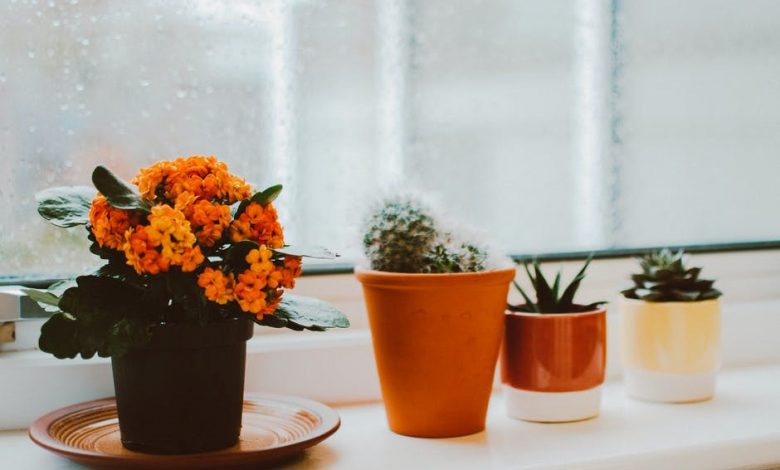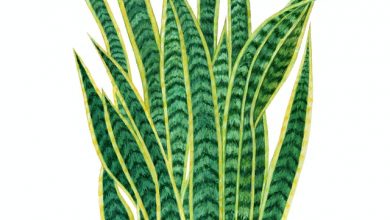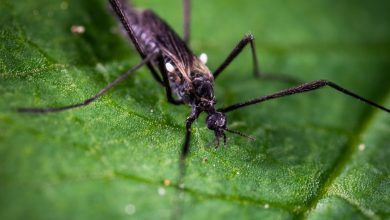Is Distilled Water Good for Plants?

Gardeners never stop learning, do they? From reading up about the best location for their garden to the type of soil to grow their plants – the inquiries never end even after becoming a master gardener. This perception holds because all gardeners are passionate nurturers who want the best of everything for their plants.
That’s why, even before performing a daily routine such as watering, you want to find out the ideal water to sprinkle on your plants. So let’s answer your question whether you’re growing a hydroponic garden or otherwise.
Is Distilled Water Good for Plants?
Distilled water involves purifying water by boiling and condensing the liquid to help remove impurities. The process enables you to meet the classification requirement of total dissolved solid of ten parts per million (ppm). Nonetheless, there may be a trace of contaminants still. However, such an amount of pollutants isn’t harmful to your plants. You can be sure that using distilled water cancels the possibility of watering your plants with unhealthy water.
But there’s more. The process of heating the water also eliminates all the water minerals that your plants require to thrive. In other words, while distilling your water, you’re not only removing the heavy metals and organic chemicals such as fluoride and chlorine found in tap water, but also beneficial dissolved minerals. Here’s the drift – using this type of water in your garden may not bring any additional benefit to your plants.
More so, because distilled water is void of nutrients, this property can cause the water to purge chemicals from the plastic container it’s stored in, especially if storage lasts for a long time. However, if you’re storing your water in a container for only a short period, there can’t be any harmful leaching. Nonetheless, it’s best to use glass vessels or top quality stainless steel to store your pure water.

DIY Distilled Water Methods
If you can’t get your hands on a gallon of already distilled water in the supermarket, there’s no need to worry; all you have to do is employ the do-it-yourself methods. The advantage of these techniques is you’ll have gallons of pure water that’s relatively cheaper than buying from the store.
So here’s how.
All the necessary utensils for distilling your water are in your kitchen. So again, there’s no need to worry.
1. Position an enclosed big vessel (or pot) that can contain a smaller one on a burner and then fill the container to quarter. Afterward, position the smaller one inside the bigger one. The water beneath the smaller vessel should cause it to float atop the water.
If you’re not using two different sizes of the pot, the smaller vessel should be a glass bowl with a round baking rack underneath it. So it never touches the bottom of the bigger container or pot.
It’s vital to allow water vapor to circulate inside the big vessel. You can cause this circulation to happen through airflow by ensuring that the little pot has lots of space around it and atop the bigger pot.
2. This stage is all about turning on your burner appropriately to aid the whole process.
Subsequently, keep the temperature of your burner between moderate and moderate-high heat. We advise that you set the temperature between 180 to 200 degrees Fahrenheit. The average temperature will help you keep the cover of your vessel chill to enable you to handle the utensil much easier.
3. Turn on your burner, upend the cover of the big pot, and place it on top of the vessel. This upside-down positioning will cause the condensed water to flow downwards to the center of the lid and into the little pot.
Having done this, get your ice-maker ready or use a tray to pack a bunch of ice blocks into the overturned pot cover. These ice blocks will cause a variation on both sides of the cover so that the steam hits a cold layer, thereby condensing the pure water into the smaller pots.
4. There isn’t much to do now. All you have to do is relax and watch science take its course. In between, you can restore your ice two times, at least, within 60 minutes of the heating process.
5. At this point, you can certify that you have distilled every drop of water that flowed its way into the smaller pot. Depending on the size of your containers, your cups of distilled water will be ready by this time.
Distilling Water Using the Bottle Method
Get one standard glass bottle along with another with a curved neck, protruding to either the left or right direction. The curved-neck bottle will hinder the condensed water from dribbling into the standard glass bottle.
1. Pour tap water into one of the bottles so that it doesn’t fill up brim – five inches away from the tip of the container. Now use duct tape to tightly join both bottles at the neck in such a way that you can hold them simultaneously by the joint.
2. Pour sufficient water into a big pot so that it reaches the same level as the tap water in the first bottle. After that, position your pot on the stove burner and ensure that the heat temperature is high. Bend the bottle filled with water inside the vessel at a 30 degrees angle to enable the bottle void of tap water to tilt across the edge of the pot.
3. So that you have a differing temperature, place an ice pack on the surface of the empty bottle. This temperature variation will enable the water to evaporate and condense into the empty, chilled bottle.
4. You can repeat the processes to get as much distilled water as you crave.
A more straightforward way to distill your water involves keeping a clean pail of tap water outside for 24-48 hours to enable the minerals in the water to break up.
When you distill your water, its pH becomes seven, which is neutral and may not be beneficial to your plants. Luckily, there’s a solution to balance your nutrient and mineral. If your plants require a pH of above 7, add calcium and magnesium supplements to the water at the instructed quantity. After that, assess the pH level again and supplement until it becomes balanced.
Now you know how to make your own distilled water and have learned about its harmlessness to your plants. Here are better options for water sources you can use to wet your plants.

Best Types of Water to Moisten Your Plants
1. Rainwater or Melted Snow
Rain is such an ideal type of water for your plants because it has all the necessary minerals required by your plants to thrive.
Moreover, rainwater is soft natural water with no comparison to the good it can do for your plants. If you doubt it, look around at the plants lost in the bushes growing and thriving – all thanks to one source of water – rain. So on rainy days, you can collect buckets of this water and use them on your plants to stimulate their growth.
The only time rainwater may become harmful is when you live in an industrial area. That may influence your water to become acidic.
2. Spring
Spring water is second to none but rainwater. You can guess that this holds because it’s equally from a natural source. Hence, it’s void of harmful chemicals. We strongly advise that you don’t go for the spring water in the supermarket because it’s purified or distilled.
3. Fish Tank Water
If you rear fishes, then you have treasures you can prevent from going to waste. Aquarium water is remarkable, too, but not as much as rainwater. This liquid is perfect because it has a small quantity of animal waste.
Types of Water You Shouldn’t Use to Wet Your Plants
1. Softened Water
Avoid the use of a water softener to soften your water because they contain salts that can impede the growth of your plants. We advise that you distill your water if you have hard water. Unlike water softener, distilled water reduces the trace amount of sodium to zero.
2. Water with Salt or Sugar
Water with sugar or salt does no good for your plants. Contrarily, it inhibits their growth. Wetting your plants with water that’s very high in sodium will cause a white-colored crust to rise on your soil. If you observe this around your plants, you should desist from using such water.
Sugar is a desirable element for bugs. This pest makes sugary water equally harmful to your plants. Don’t forget that it’s essential to store your distilled water well so it doesn’t become acidic, thereby ruining all that you’ve worked for and even your plants. Moreover, from our simple explanation of the processes involved in distilling water, you can easily make your distilled water. After all, we’ve let you know that it’s fit for your plants. Besides, remember to get your containers out when it’s raining because rainwater does the most good to your plants.



